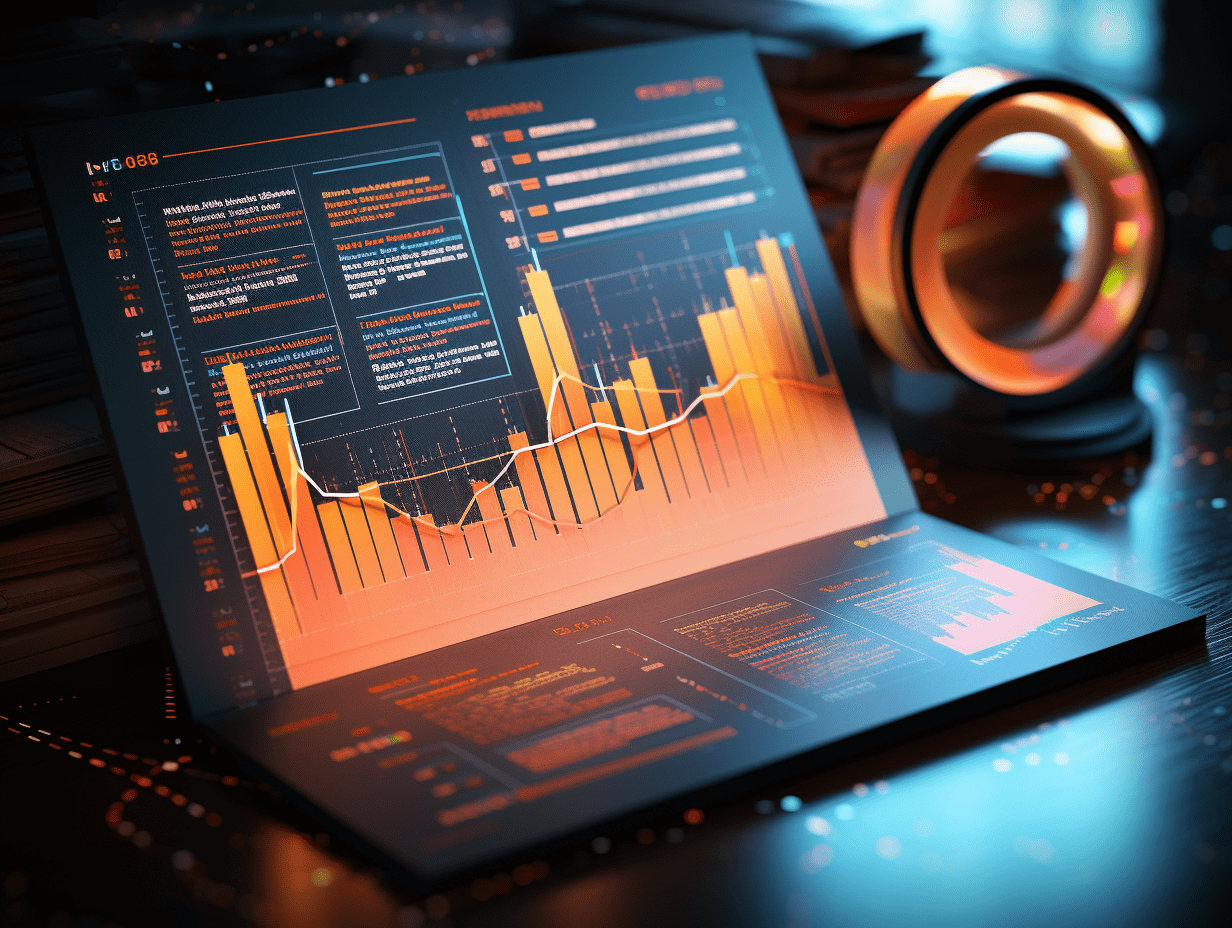King of Understanding's victory anniversary: "Trump 2.0" and "1.0" market trends are highly similar. The bad news is that in the second year, the performance of the US stock market is usually the worst.
As the first anniversary of Trump's election victory approaches, the market trend is highly similar to his first term: Bitcoin leading the rise in risky assets, emerging markets outperforming U.S. stocks, and the weakening of the U.S. dollar. However, historical data shows that the second year of a president's term is typically the worst time for U.S. stocks. The "Trump 1.0" period in 2018 saw market volatility spike and risky assets pull back, ringing alarm bells for the current market.
On the occasion of the one-year anniversary of Trump's re-election as President of the United States, the market trends are showing a picture remarkably similar to his first term.
According to Wind Trading Platform, on November 7, Barclays Bank released a report stating that in Trump's first year after re-election, the market performance almost perfectly replicated the trends seen after his first victory in 2016: risk assets (especially Bitcoin) soared, emerging markets outperformed the US, and the US dollar weakened.
However, historical data is sending out a strong warning: the second year of a president's term is usually the worst-performing period for US stocks, with the highest market volatility, as was seen in the "Trump 1.0" period in 2018.
Furthermore, the issue of tariffs still looms over the market like a sword, and while the Supreme Court's ruling may have limited impact, the related uncertainty will continue to suppress specific sectors. Fund flows show that while a significant amount of money is pouring into cash (money market funds), the stock market, especially tech stocks, is still popular, indicating a contradictory market sentiment.
Market trends remarkably replicate "Trump 2.0": the first year is highly similar to "1.0"
It has been exactly one year since Trump won his re-election as President in 2024. Global markets have experienced a trend very similar to that seen after his first election win in 2016. While policy uncertainty has been the theme of the "Trump 2.0" term, it has not hindered a significant rise in risk assets.
Barclays Bank believes that in the past 12 months, the market performance has been similar to that of 2017 (the first year of "Trump 1.0") in several aspects:
Bitcoin has been the best performing asset in both periods.
Stocks have outperformed bonds.
Regionally, emerging markets/China and Japanese stock markets have outperformed the US stock market, while European stock markets have lagged behind.
The US dollar has weakened in both periods.
However, significant differences should not be ignored:
Gold and oil: Gold prices have soared significantly this time around, while they had a subdued reaction during the Trump 1.0 period; oil prices have fallen significantly, opposite to their performance as one of the best assets between 2016-17.
Sector differentiation: Unlike the general rise across sectors seen during the 1.0 period, there has been a more severe sector differentiation in the performance of US and European stocks this time around. In the US, tech stocks have taken the lead again, but materials, real estate, and energy sectors have fallen. In Europe, financial and utility sectors have performed well, while healthcare, real estate, and materials have recorded declines.
The historical warning bell: The second year of a president's term is usually the worst year for US stocks
Barclays Bank points out that while the returns in the first year are encouraging, historical data is sounding a warning bell for the upcoming second year.
Firstly, looking back at data since 1927, the second year of a US president's term (i.e., the midterm election year) has been the year with the lowest average and median returns for the S&P 500 index.
Secondly, the experience of Trump's first term (2016-2020) also confirms this pattern. Assets like Bitcoin, emerging markets/China stock markets, and Japanese stock markets, which performed well in the first year (2017), all saw declines in the second year (2018). Meanwhile, market volatility sharply increased, with the VIX index soaring by 71% in 2018. Trade tensions dominated the headlines, putting pressure on economic growth and eventually leading to a stock market decline.
Currently, the global stock market trends are roughly following the trajectory of the Trump 1.0 period. If history repeats itself, investors should be prepared for potentially higher volatility in the market as the November 2026 midterm elections approach.
Related Articles

Valuation concerns and government shutdown fears cast a shadow over the market. After the worst week in months for US stocks, the market may see a calm week ahead.

Federal Reserve's Williams: December rate decision will be a "balanced move"

Goldman Sachs: Nikkei Index Soars 30%, Outperforming US Stocks; Influx of US Capital at Highest Rate Since "Abenomics"
Valuation concerns and government shutdown fears cast a shadow over the market. After the worst week in months for US stocks, the market may see a calm week ahead.

Federal Reserve's Williams: December rate decision will be a "balanced move"

Goldman Sachs: Nikkei Index Soars 30%, Outperforming US Stocks; Influx of US Capital at Highest Rate Since "Abenomics"

RECOMMEND

Short Positions on Xiaomi (01810.HK) Surge 53% in a Week as Memory Price Spike Weighs on Sentiment
07/11/2025

Privatization Wave in Hong Kong Stocks: Exiting Liquidity Traps to Enable Strategic Transformation
07/11/2025

Over 30 Foreign Firms Attend Roundtable as Ministry of Commerce Signals Multiple Policy Shifts
07/11/2025


